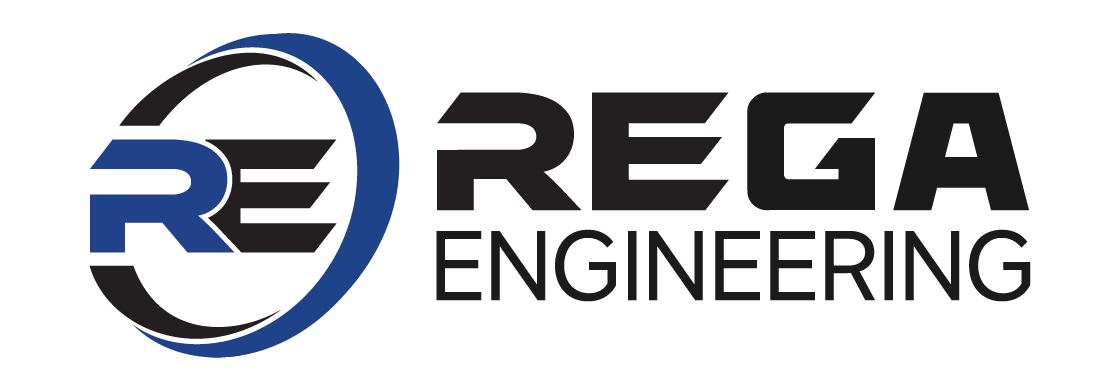What is Sustainable Development?
Share:
Sustainable development has become a popular idea as environmental concerns have become a more common topic of discussion. REGA Engineering believes that sustainable development is the key to creating a better and brighter future. In this blog, we’ll talk about what sustainable development really means and why it’s so important to us.
Defining Sustainable Development
Sustainable development is a way to grow and progress our environment that doesn’t have any major long-term impacts. It’s important to find a way to meet the societal needs of the present without affecting future generations’ ability to meet their own needs.
Understanding the Three Pillars
Sustainable development can be split up into three separate pillars: environmental, social, and economic. Each pillar plays an important role in creating a more sustainable future. The environmental pillar focuses on protecting natural resources, reducing pollution, and helping to control climate change. The social pillar highlights equity, inclusivity, and the general well-being of the community. The economic pillar aims for success through responsible resource management, innovation, and practicing fair trade.
Why Does it Matter?
With global temperatures on the rise, biodiversity is on a decline, and we continue to experience more social inequalities, sustainable action is an urgent need. Sustainable development provides a universal blueprint for tackling these challenges. It offers a structure for making informed decisions that will prioritize the well-being of people and the planet at the same time.
Benefits of Sustainable Development
Sustainable development practices can benefit the world in a huge way. Overall, it can improve our quality of life by providing cleaner air, more efficient resource usage, and a more cohesive society. Even the smallest of practices can help balance the three pillars and protect our environment. By investing in sustainable practices, businesses can improve their brand reputation, contribute to a healthier living and future-proof their operations against potential risks. Check out our blog about environmental restoration and how it can benefit our planet.
Our Approach to Sustainable Development
Our approach to sustainable development is guided by innovation, collaboration, and continuous improvement. We utilize cutting-edge technologies and expertise to develop solutions that meet the needs of today without compromising the opportunities of tomorrow. Through our partnerships and collaborations with like-minded organizations, we aim to drive positive change and inspire others to join us on this journey towards a sustainable future.
Join Us in Shaping Tomorrow
As we look ahead to the challenges and opportunities that lie ahead, we invite you to join us in embracing sustainable development as a blueprint for a better future. Whether it’s something as little as recycling or as big as you letting us take care of your civil engineering needs, all you have to do is take that first step. Together, we can create a cleaner, healthier and prosperous world for ourselves and future generations to come.
What is Sustainable Development
Sustainable development provides a vision for change and allows us the opportunity to build a more equitable and resilient world. By adopting sustainable practices and embracing the principles of sustainability, we can shape a future that is not only sustainable but also thriving.
We customize our process to suit your needs.
Contact us today and let’s get to work!

